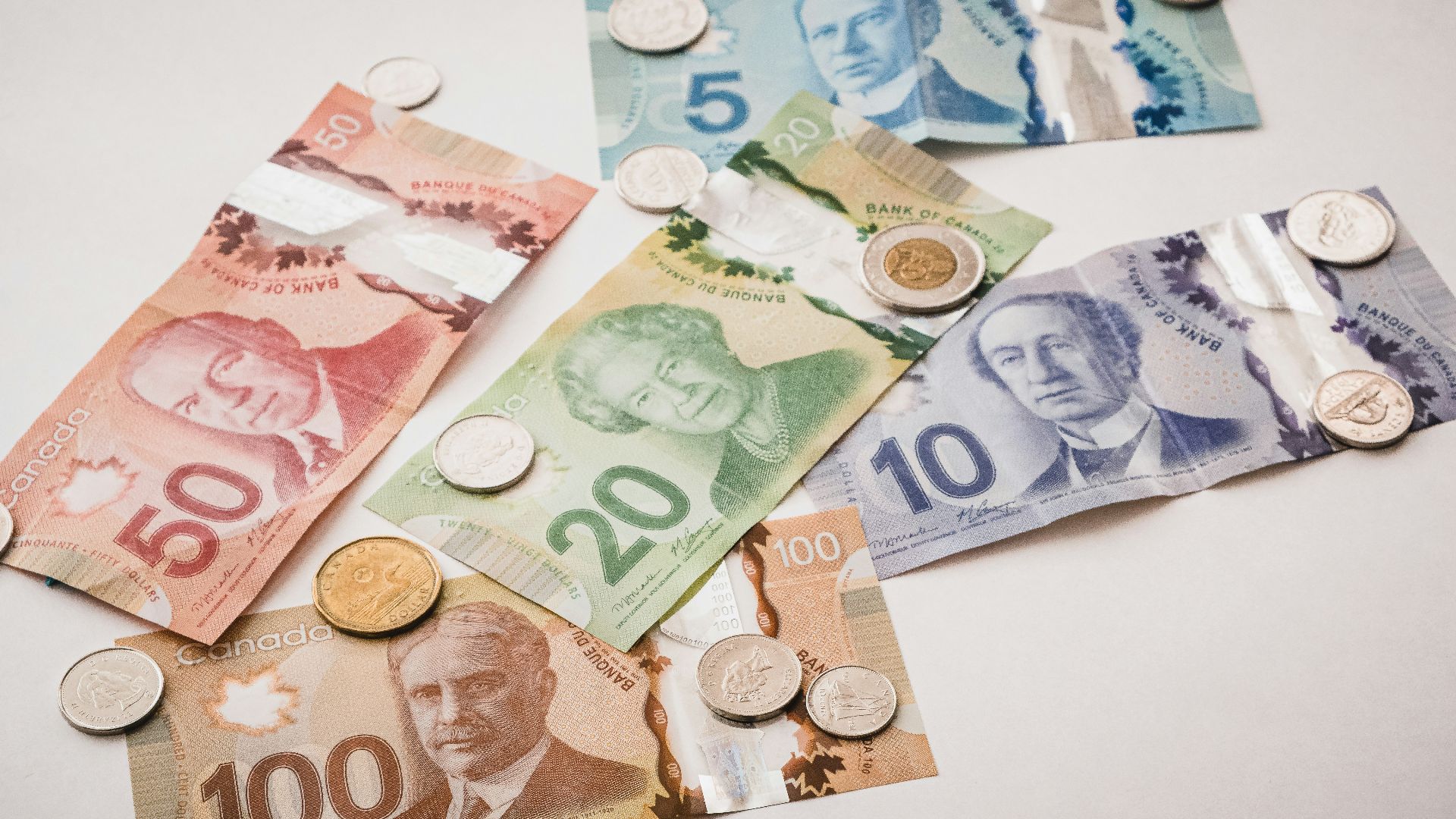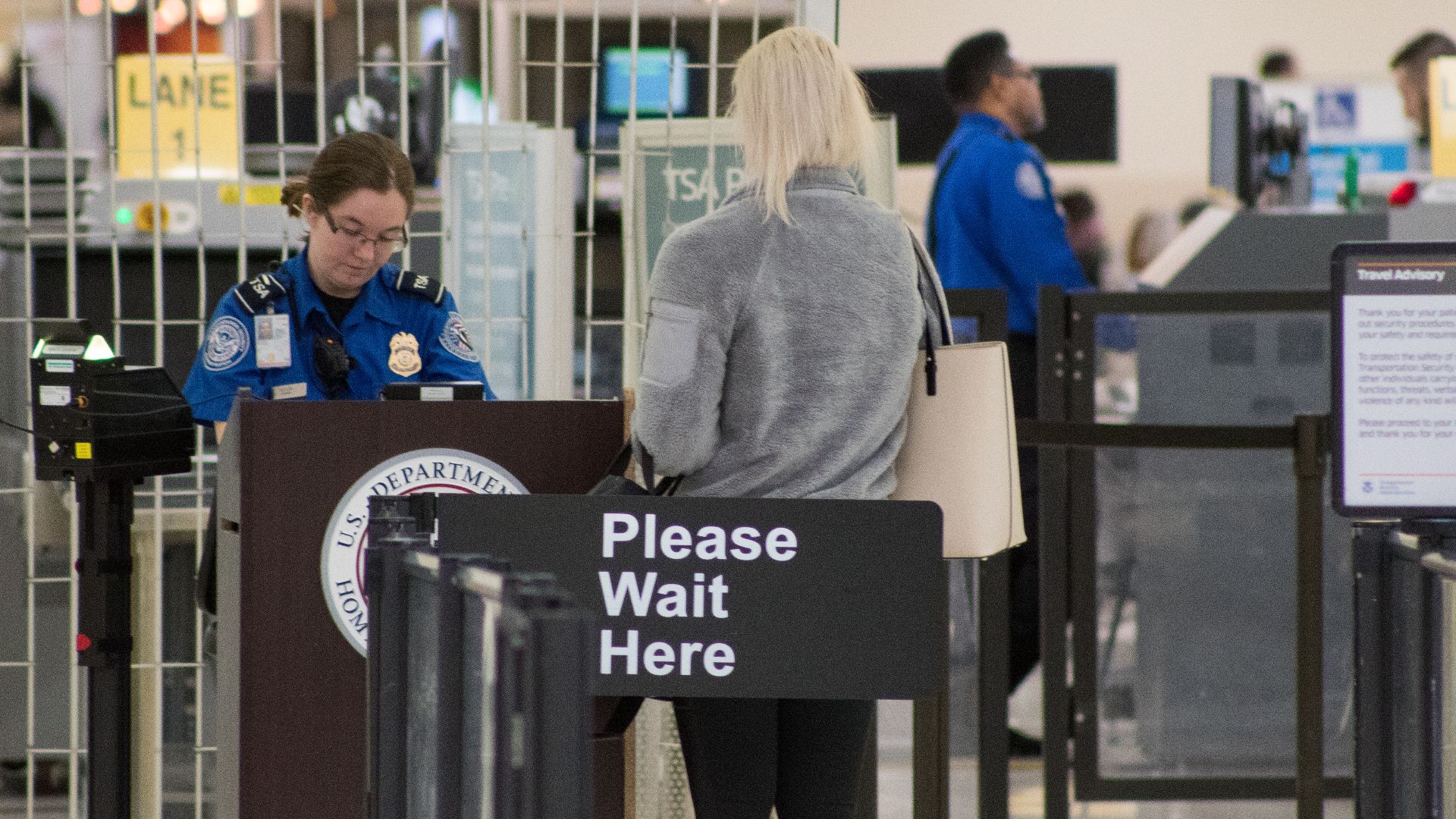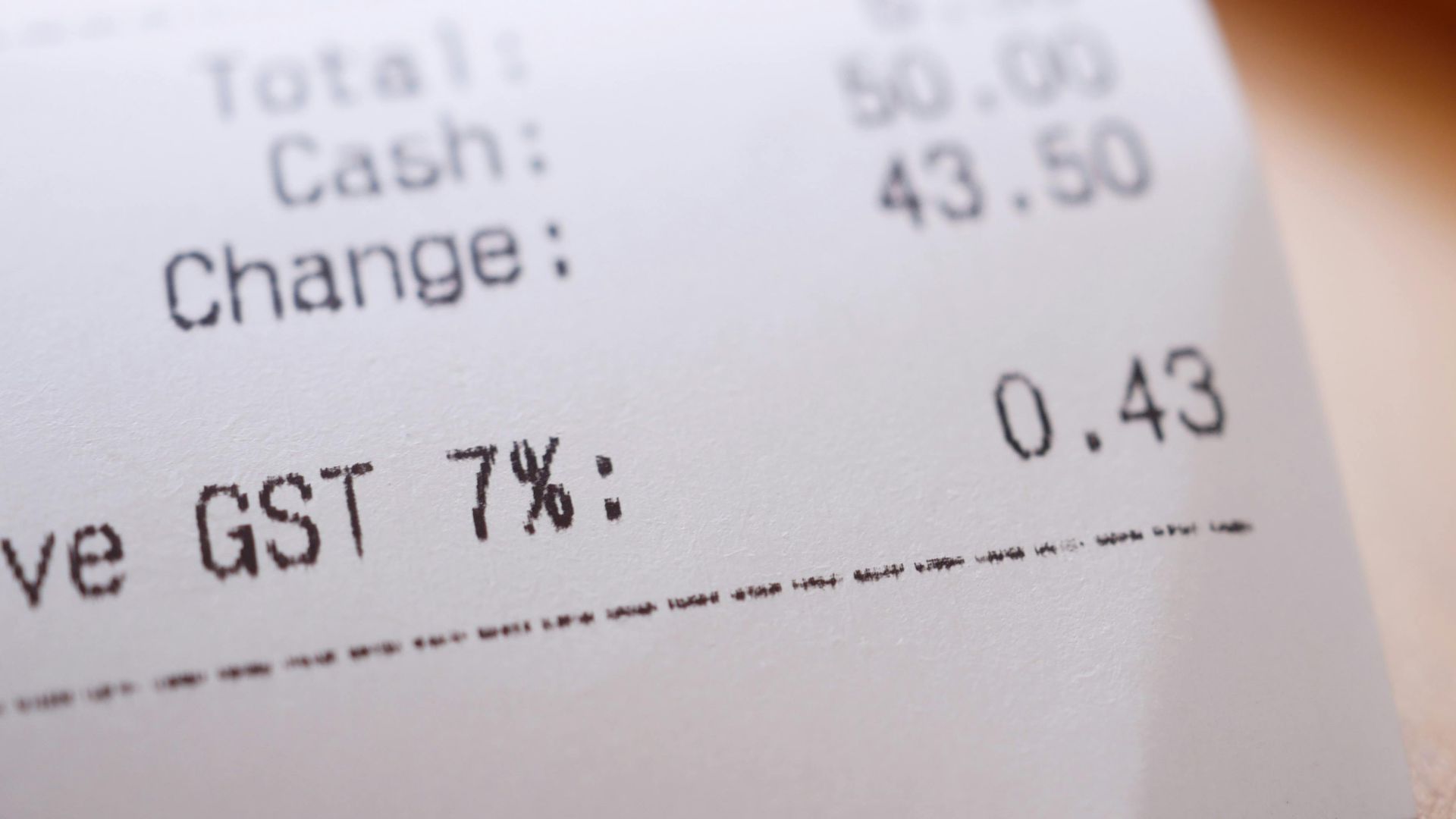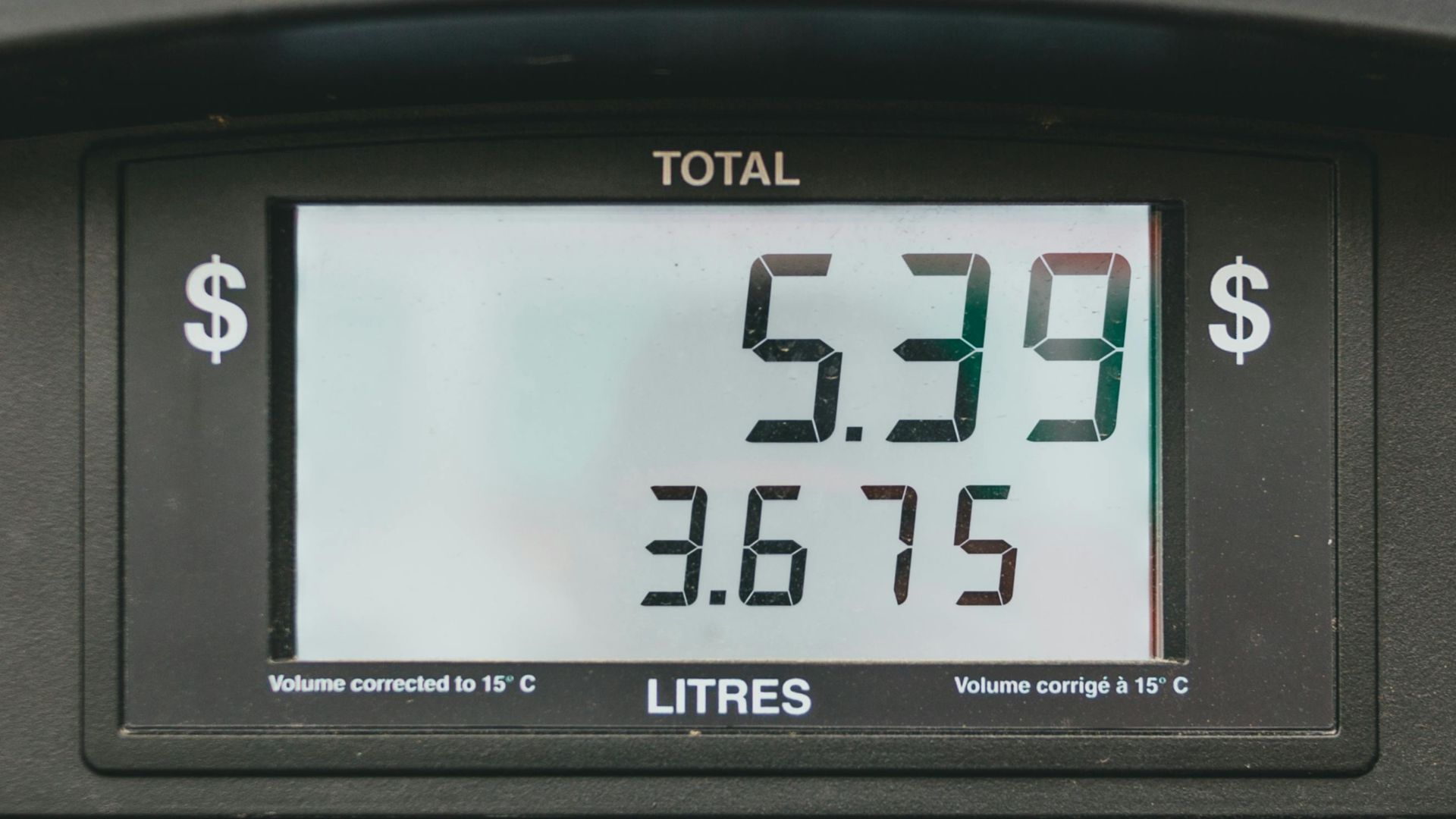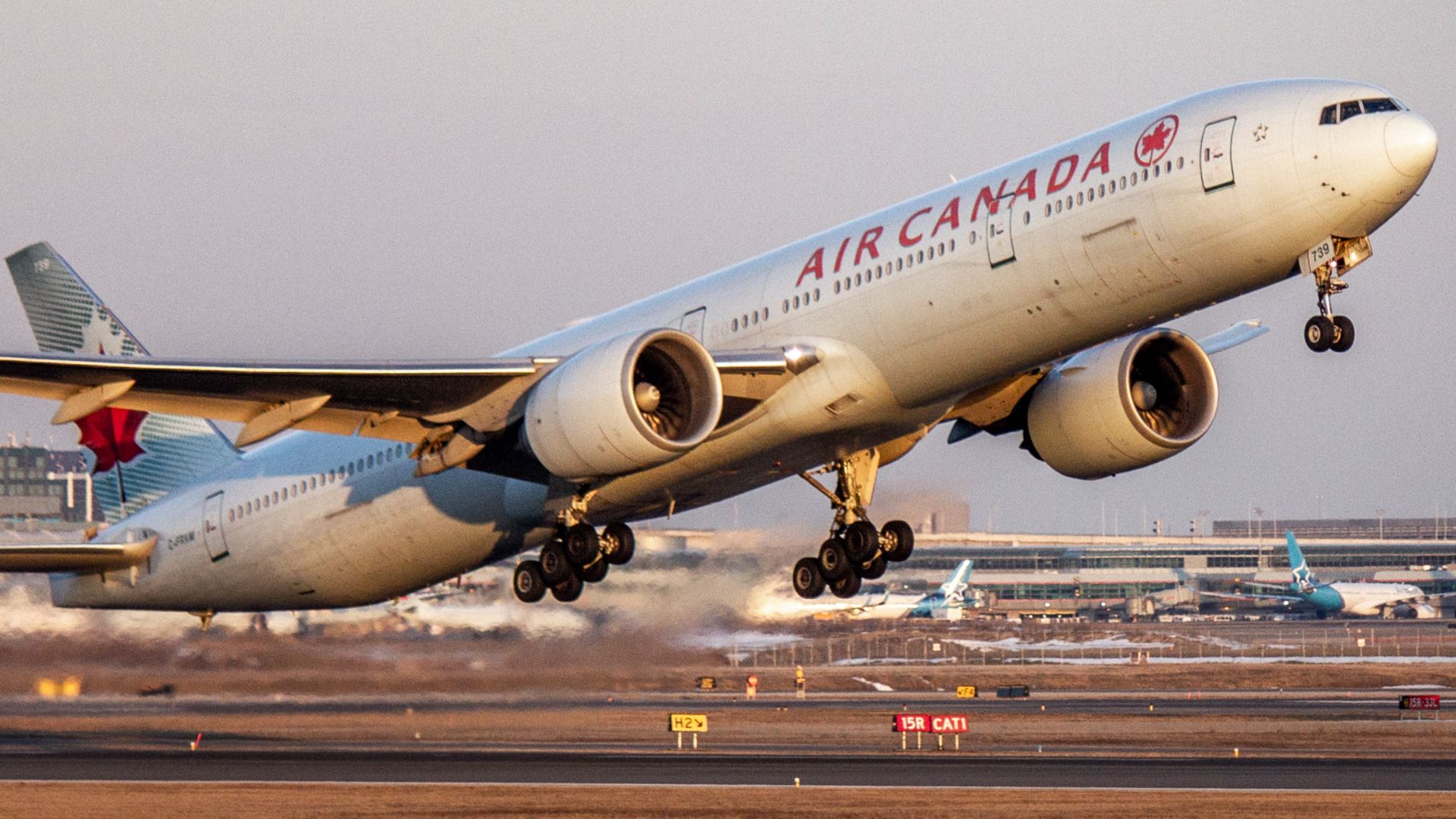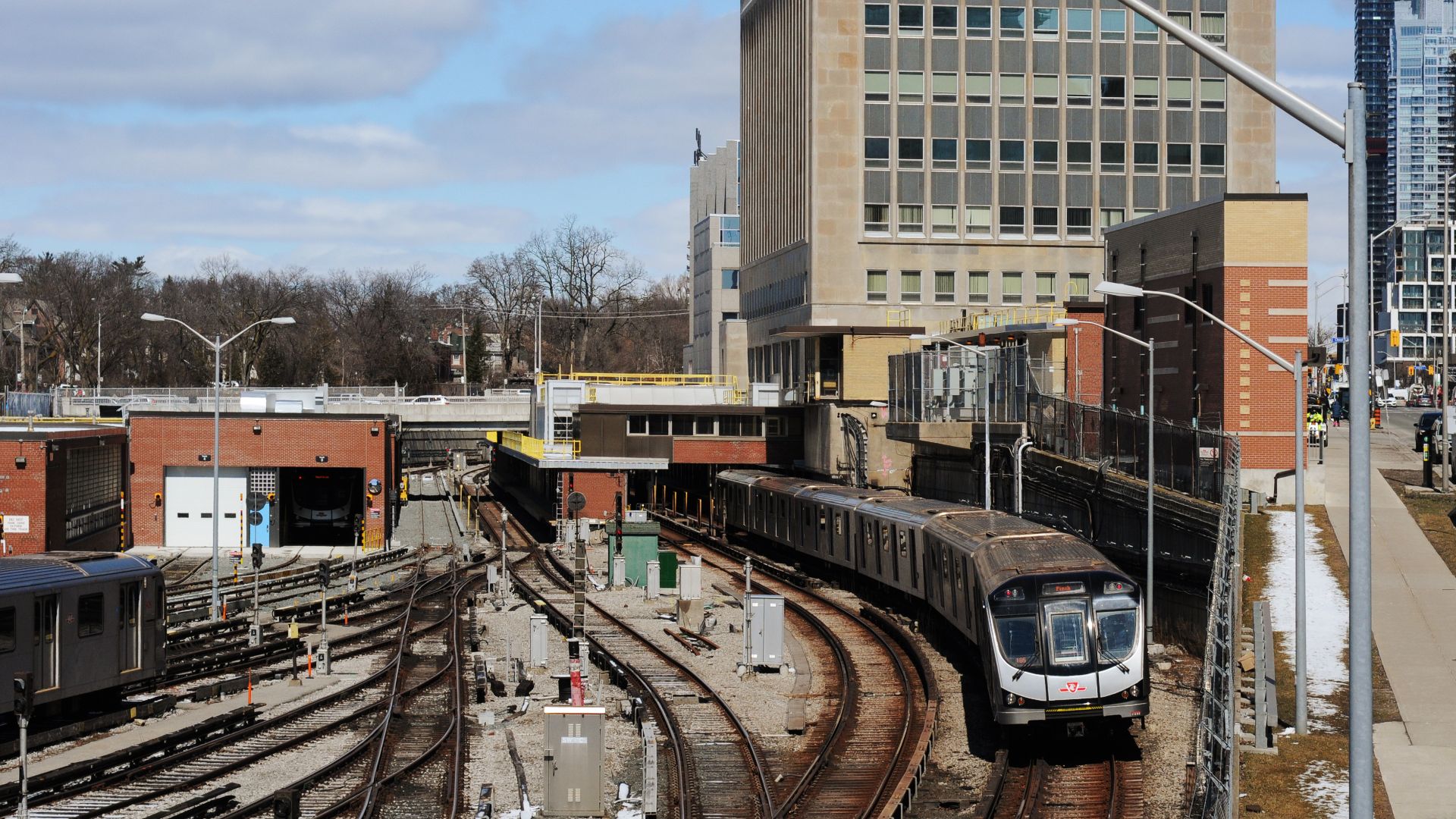Same Continent, Unique Experiences
Have you ever crossed that imaginary line dividing two seemingly similar countries? The US and Canada might share the world's longest undefended border, but folks quickly discover surprising distinctions between these North American neighbors within hours of exploring them. Here are 20 major differences you need to know about before your next trip.
1. Currency
Colorful "loonies" and "toonies" distinguish Canadian currency from American bills. Exchange rates typically fluctuate around 0.73-0.74 USD per Canadian dollar, offering American visitors slightly more purchasing power. While some businesses in tourist areas and border regions accept US dollars, travelers should always exchange money beforehand.
2. Government And Political System
The US is a constitutional federal republic with a strict separation of powers among three branches: executive, legislative, and judicial. Canada, on the other hand, is a parliamentary democracy and a constitutional monarchy. The Governor General represents the hereditary king/queen, who is the Head of State.
3. Safety And Crime
Historically, the US has had higher violent crime rates than Canada. However, as of 2022, the US violent crime rate was about 381 violent crimes per 100,000 people, while Canada’s rate was higher at 434 per 100,000, reflecting a sharper increase in Canada since 2014.
4. Airport Security
Shoes stay on at Canadian checkpoints unless specifically flagged for additional screening. Both the TSA and CATSA enforce similar liquid rules (3.4oz/100ml containers), although with noticeably different approaches. Processing times may vary by location rather than consistently favoring either country's system.
5. Sales Tax
Canada uses a 5% federal GST, with provinces adding their taxes. Some use HST, combining federal and provincial taxes, while others maintain separate GST and PST systems. Then come American states that set their own sales tax rates, creating varied rates (0–9.5%).
6. Measurement Systems
In case you didn’t know, Canada uses the metric system throughout. So, gas is sold by liter, and distances appear in kilometers. Americans encounter initial mental conversion challenges (20°C equals a comfortable 68°F). The USA is one of only three countries worldwide that are still using imperial measurements.
7. Domestic Flights
Expect higher airfares when flying across Canada. Despite several carriers (Air Canada, WestJet, Porter, Flair), competition remains limited compared to America's budget airline market. With approximately ten times fewer airports than the US, Canada's aviation infrastructure creates different regional connectivity realities.
8. Speed Limits
Recently increased to 110 km/h on some Ontario highways, Canadian speed restrictions usually remain lower than those in the United States. Enforcement approaches differ as photo radar dominates Canadian urban areas. Patrol-based enforcement prevails across US roadways, but both countries heavily penalize excessive speeding violations.
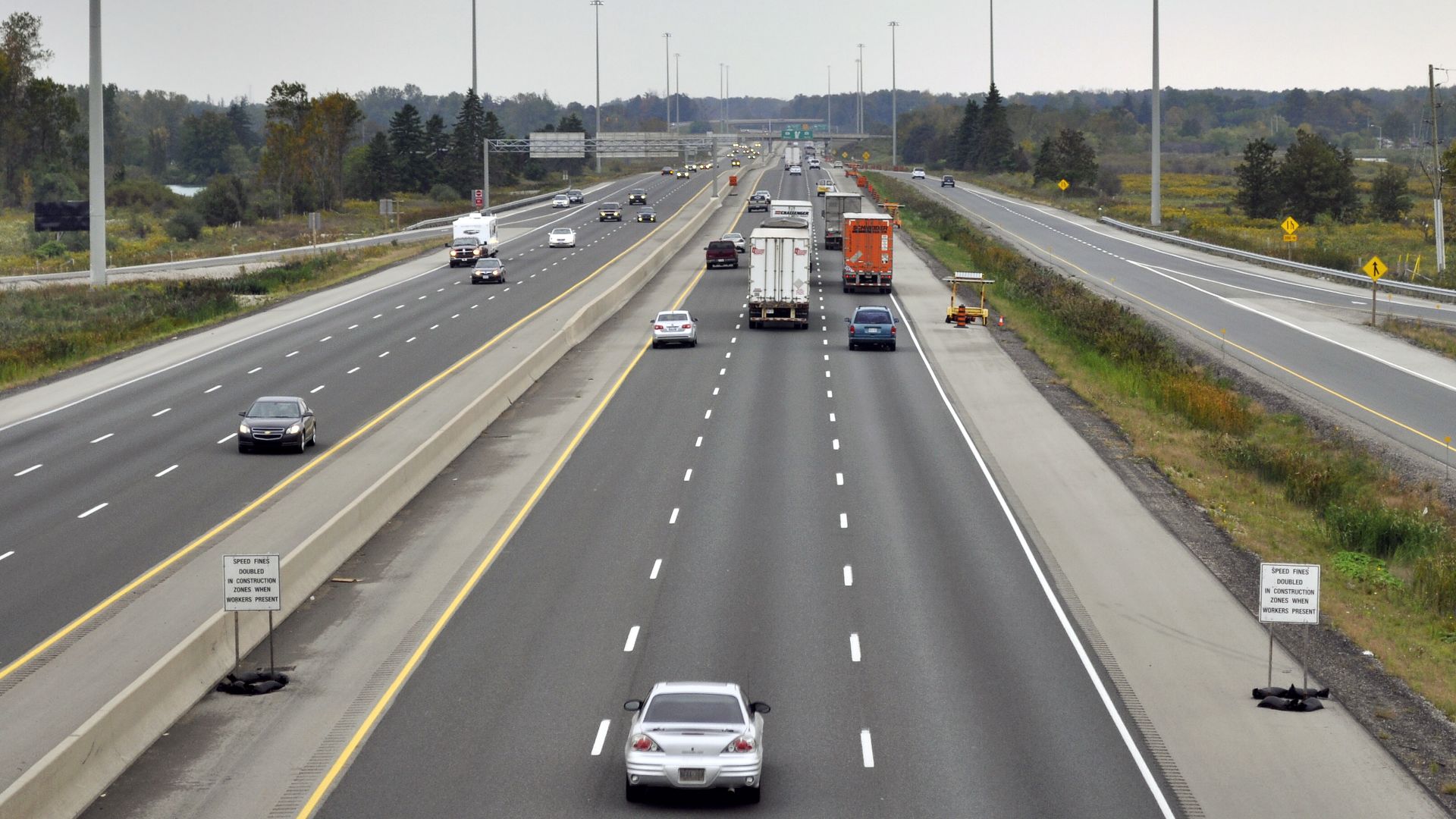 Ryan Stubbs (Haljackey) on Wikimedia
Ryan Stubbs (Haljackey) on Wikimedia
9. Legal Drinking Age
Alberta, Manitoba, and Quebec welcome 18-year-old drinkers while neighboring US states require 21. Public consumption rules also diverge substantially, with some Canadian parks permitting alcohol with meals, while it is strictly forbidden throughout most public spaces in the States. These include beaches, parks, sidewalks, and vehicles.
10. Cultural Diversity
It is said that nearly half of Toronto residents (47%) were born outside Canada. Points-based immigration brings different demographic patterns than America's family reunification emphasis. Major Canadian cities exhibit more dispersed immigrant populations compared to the concentrated neighborhood patterns seen in the USA.
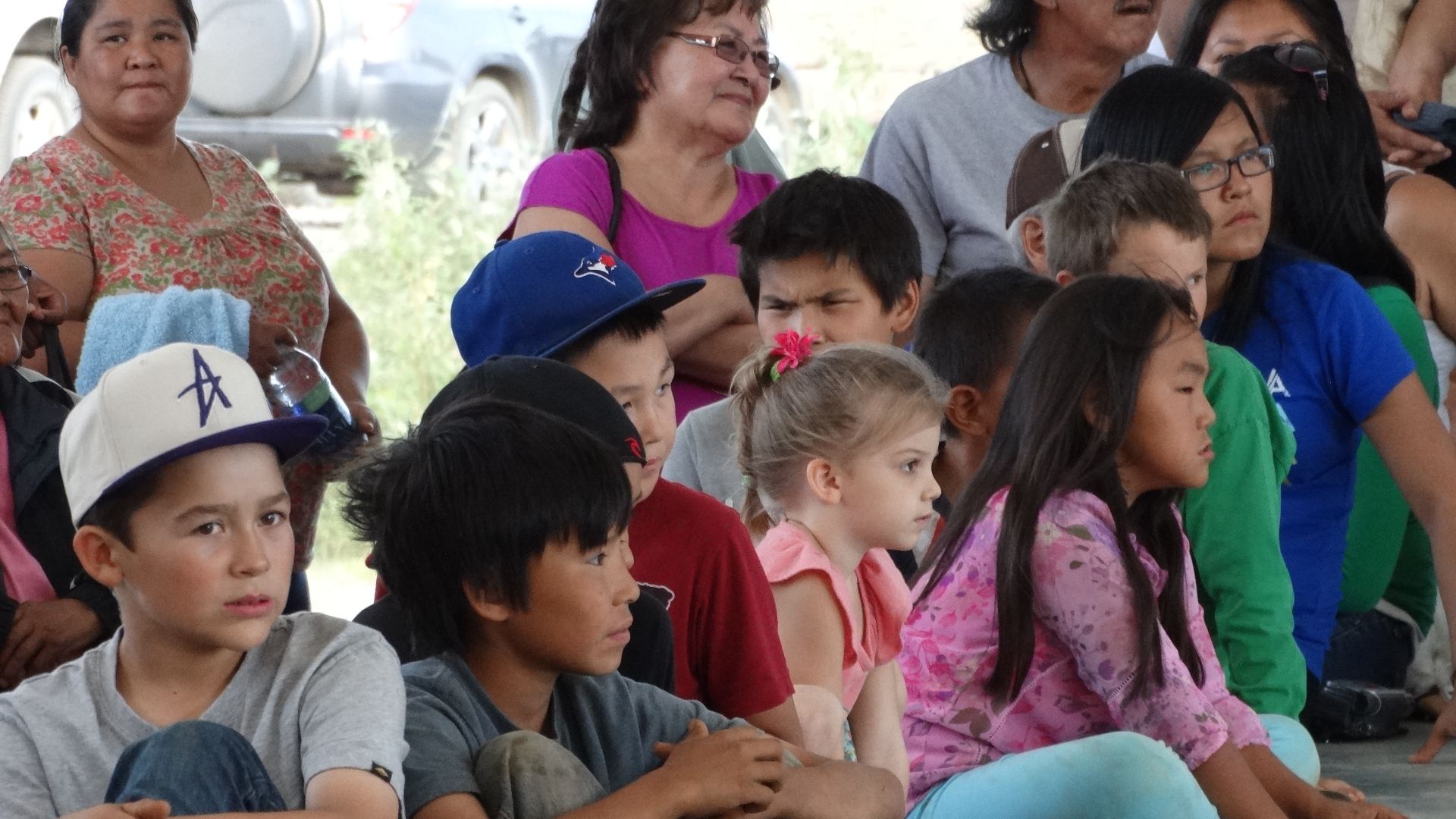 Adam Jones, Ph.D. on Wikimedia
Adam Jones, Ph.D. on Wikimedia
11. Border Crossing Experience
Wait times differ based on the season and crossing point. For instance, Canadian agents complete passenger vehicle inspections in 2-5 minutes, while US entry can take a little longer. However, NEXUS cardholders enjoy expedited processing at dedicated lanes, saving frequent travelers countless hours annually.
12. Hotel Pricing And Fees
Transparent Canadian hotel bills contrast sharply with the USA's hidden charges. Properties in the States often add resort fees, parking costs, and amenity charges beyond advertised rates. Canadian prices run 15-20% higher, although the price gap is most pronounced for imported or internationally branded goods.
13. Holidays
Canada's Thanksgiving is celebrated in October, a cozy autumn occasion that occurs six weeks before the United States' Thanksgiving. Another notable holiday is Victoria Day. American Independence Day traditions find their Canadian parallel in July 1st Canada Day celebrations, though with less military emphasis and more multicultural performances.
 S Pakhrin from DC, USA on Wikimedia
S Pakhrin from DC, USA on Wikimedia
14. Behavior
The stereotype that Canadians are more polite and less pushy than Americans is widely recognized and has some evidence to support it. This comes from the way language is used in everyday interactions. Canadians are often associated with a culture of politeness, frequently saying “sorry” even when not at fault.
15. Language
Canada is officially bilingual at the federal level, recognizing both English and French as official languages with equal status. In contrast, the United States does not have an official language at the federal level, although English is the de facto national language used in government, education, and daily life.
16. Medical Travel Insurance Necessity
Without coverage, a simple appendectomy could cost $35,000 in American hospitals. Canadian medical bills run quite low, but still reach thousands for uninsured tourists. However, Insurance policy requirements differ between destinations. US travel asks for higher coverage limits than Canadian journeys.
17. Internet And Mobile Costs
Canadian data plans shock American visitors as the prices are nearly double the US rates. Roaming charges remain surprisingly expensive despite their proximity. Public WiFi availability is also different, as establishments in the US generally provide free connectivity, whereas Canadian businesses often restrict access to paying customers.
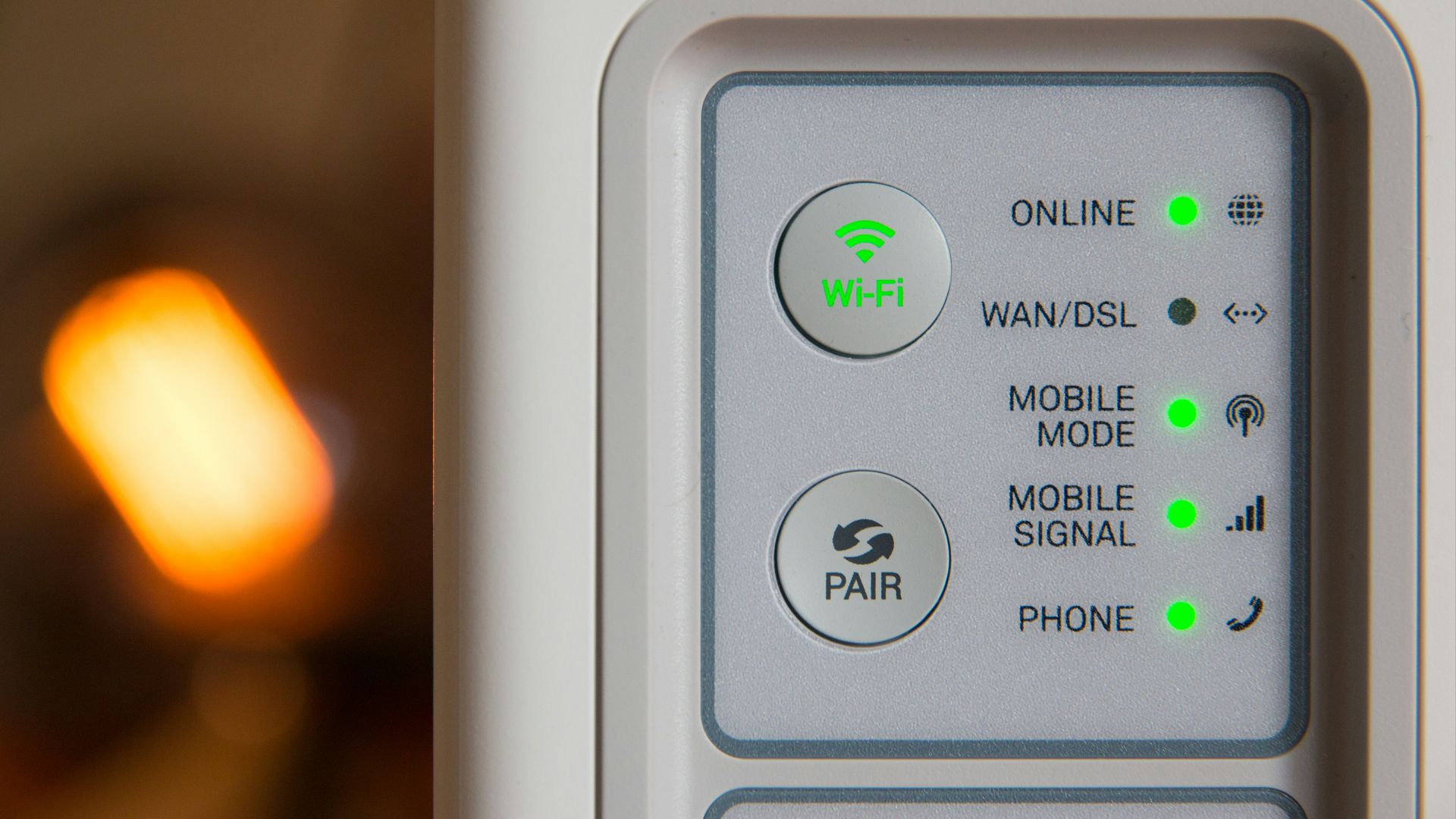 Stephen Phillips - Hostreviews.co.uk on Unsplash
Stephen Phillips - Hostreviews.co.uk on Unsplash
18. Regional Environment
These two regions differ in their natural environments and climate zones. Canada is famous for its vast tundra regions, primarily located in the far north. However, the United States features a wide range of environments, including snowy peaks and extensive deserts, like the Mojave, Sonoran, Chihuahuan, and Great Basin.
19. Climate
The northern parts of Canada experience icy conditions with very short summers lasting less than two months. The US, however, has a broader range of climates, including hot-humid zones in the southeast, hot-dry deserts in the southwest, and marine climates on the west coast.
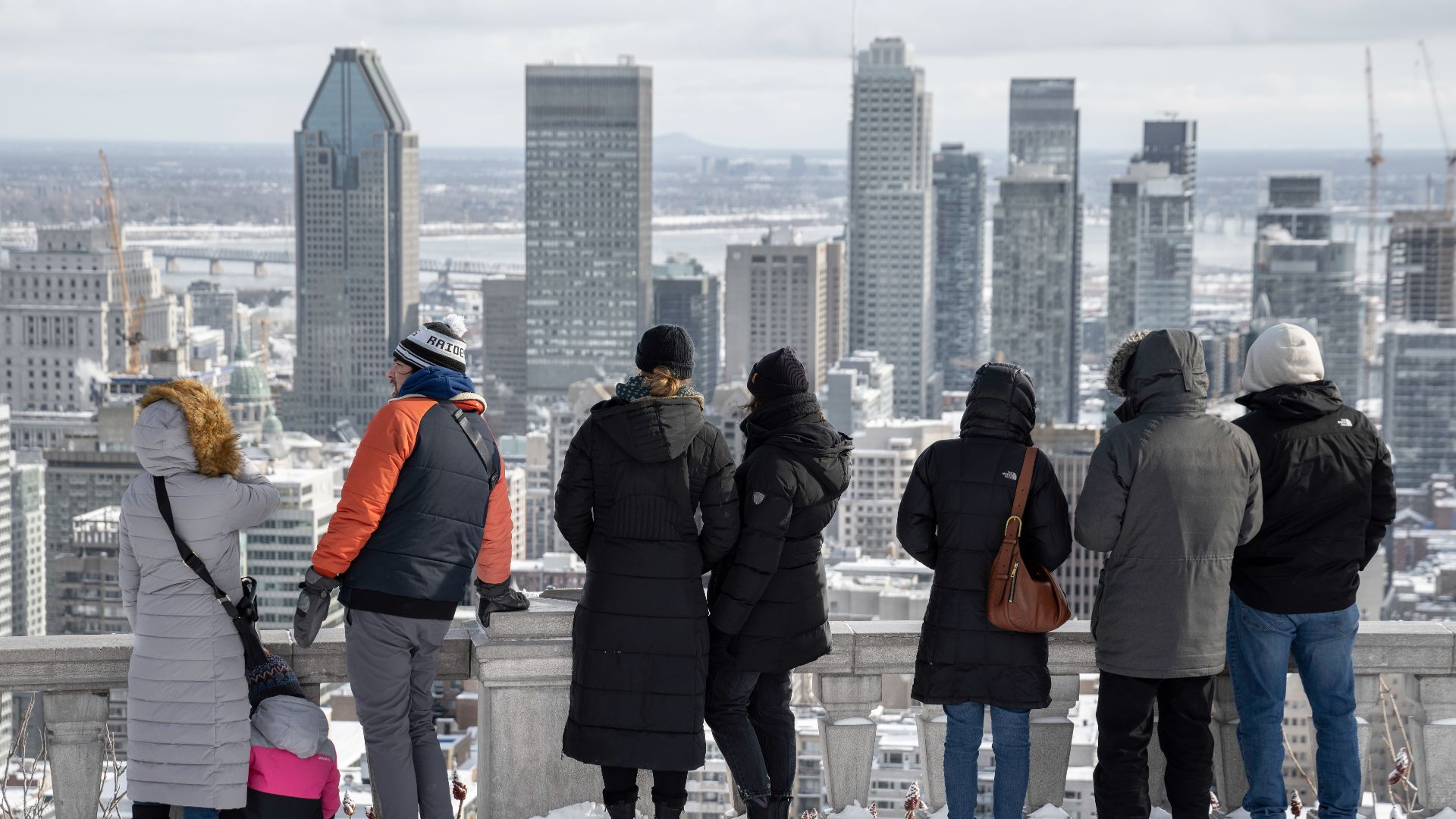 Wilfredo Rafael Rodriguez Hernandez on Wikimedia
Wilfredo Rafael Rodriguez Hernandez on Wikimedia
20. Public Transport
Toronto's TTC serves millions of daily riders—nearly triple Chicago's "L" system despite similar city populations. Montreal's extensive underground network comprises 68 stations, operating year-round, regardless of harsh winter conditions. Note that certain American transit systems prefer exact change, whereas Canadian systems accept contactless payments.



